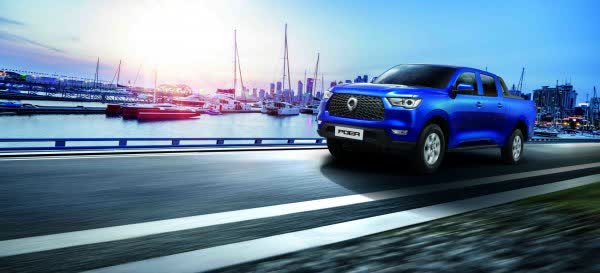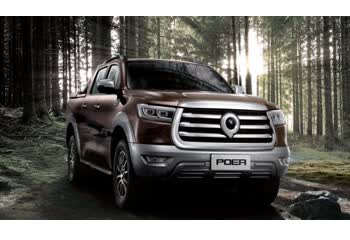Everything you need to know about specifications and performance - Great Wall POER 2020 - 2.0 GDIT (190 Hp) 4WD

Overview:
What is the engine capacity of a Great Wall POER 2020?
The engine capacity of the Great Wall POER 2020 is 1967.
Great Wall POER 2020 How many horsepower?
The engine power of the Great Wall POER 2020 is 190 Hp @ 4000-5500 rpm..
What is the Great Wall POER 2020 engine?
Great Wall POER 2020 engine is GW4C20B. (Click to see other cars using the same engine)
How much gasoline does a Great Wall POER 2020 consume?
The Great Wall POER 2020 consumes 12.6 liters of gasoline per 100 km
What is the recommended oil for a Great Wall POER 2020 engine?
The recommended oil for a Great Wall POER 2020 car engine is 5W-30.
What type of camshaft transmission system is used in a Great Wall POER 2020 engine?
chain is used to transmit motion.
General:
Engine:
Performance:
Space:
dimensions:
Powertrain, Suspension and Brakes:
See also

Other generation.
Its production began in 2020 until Now

Same engine. (GW4C20B).
Its production began in 2023 until Now

Same production year and almost the same engine capacity.
Its production began in 2020 until Now

Same production year and almost the same engine capacity.
Its production began in 2020 until 2021
Write a comment